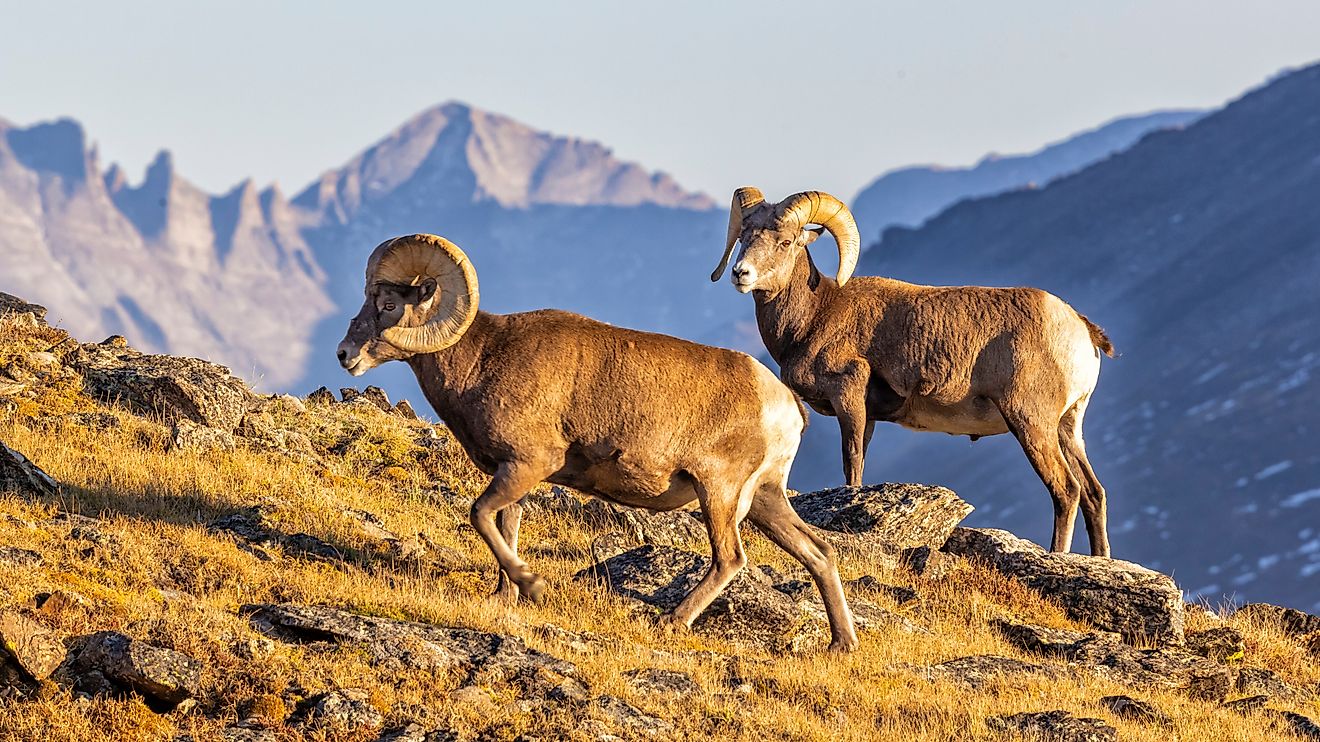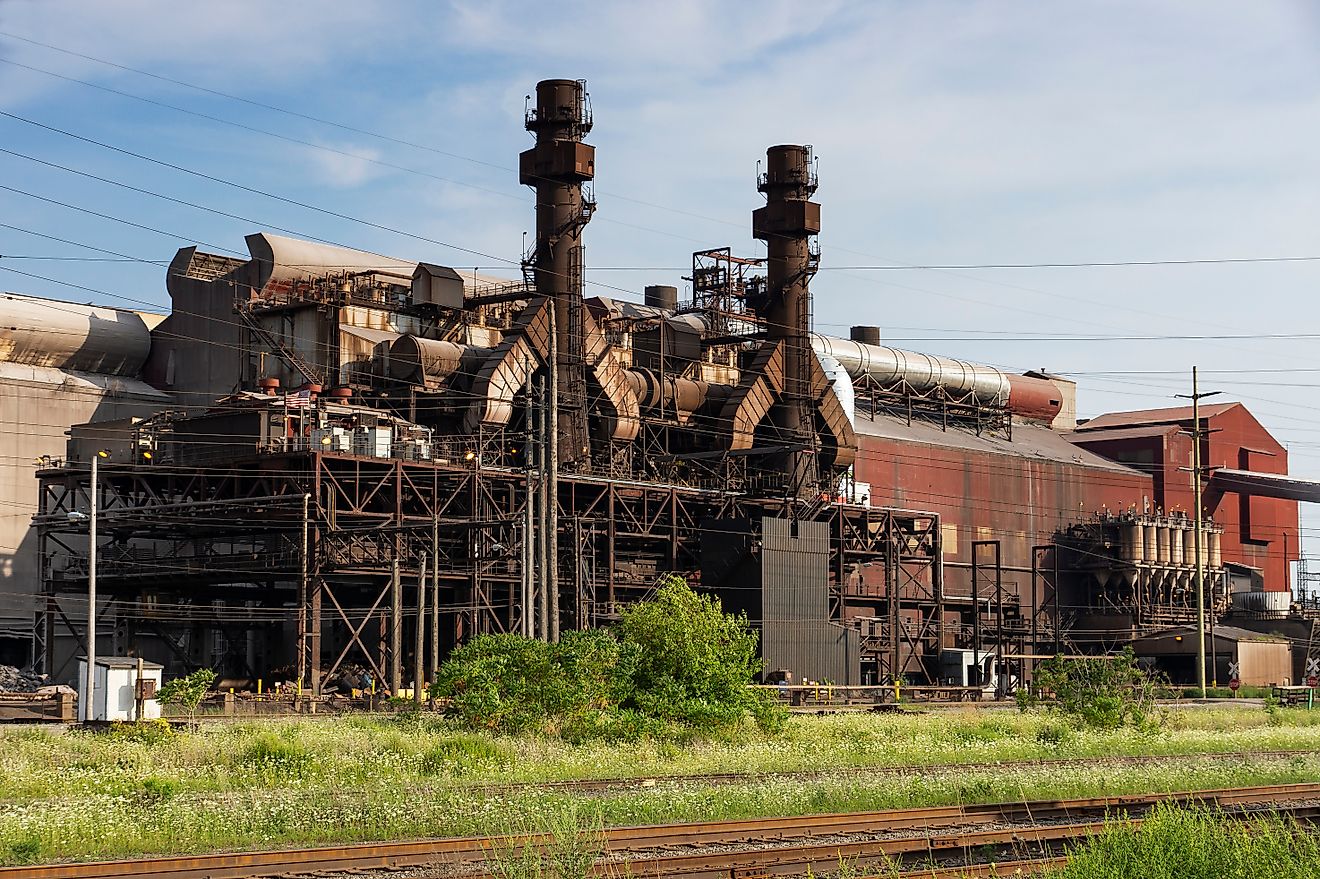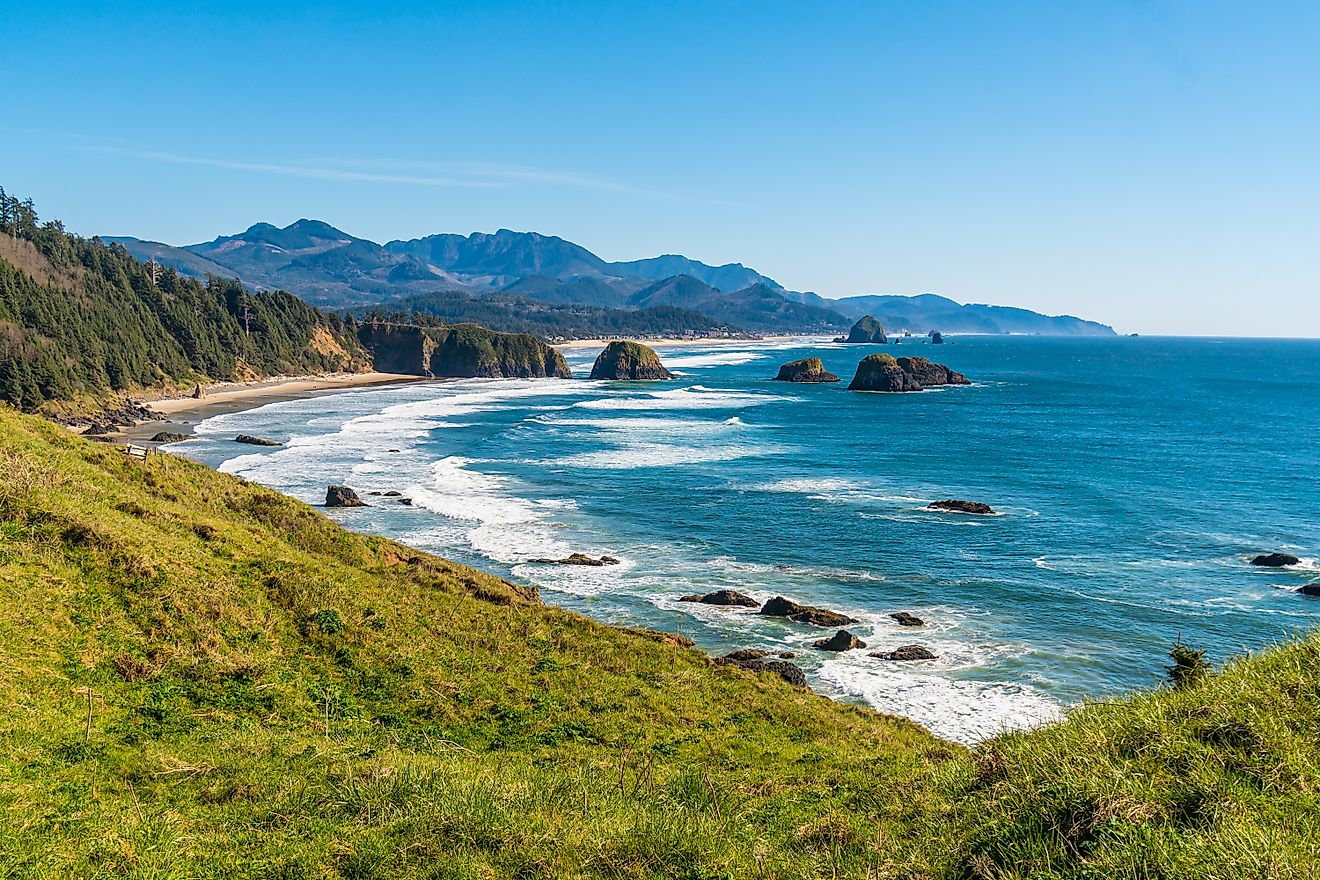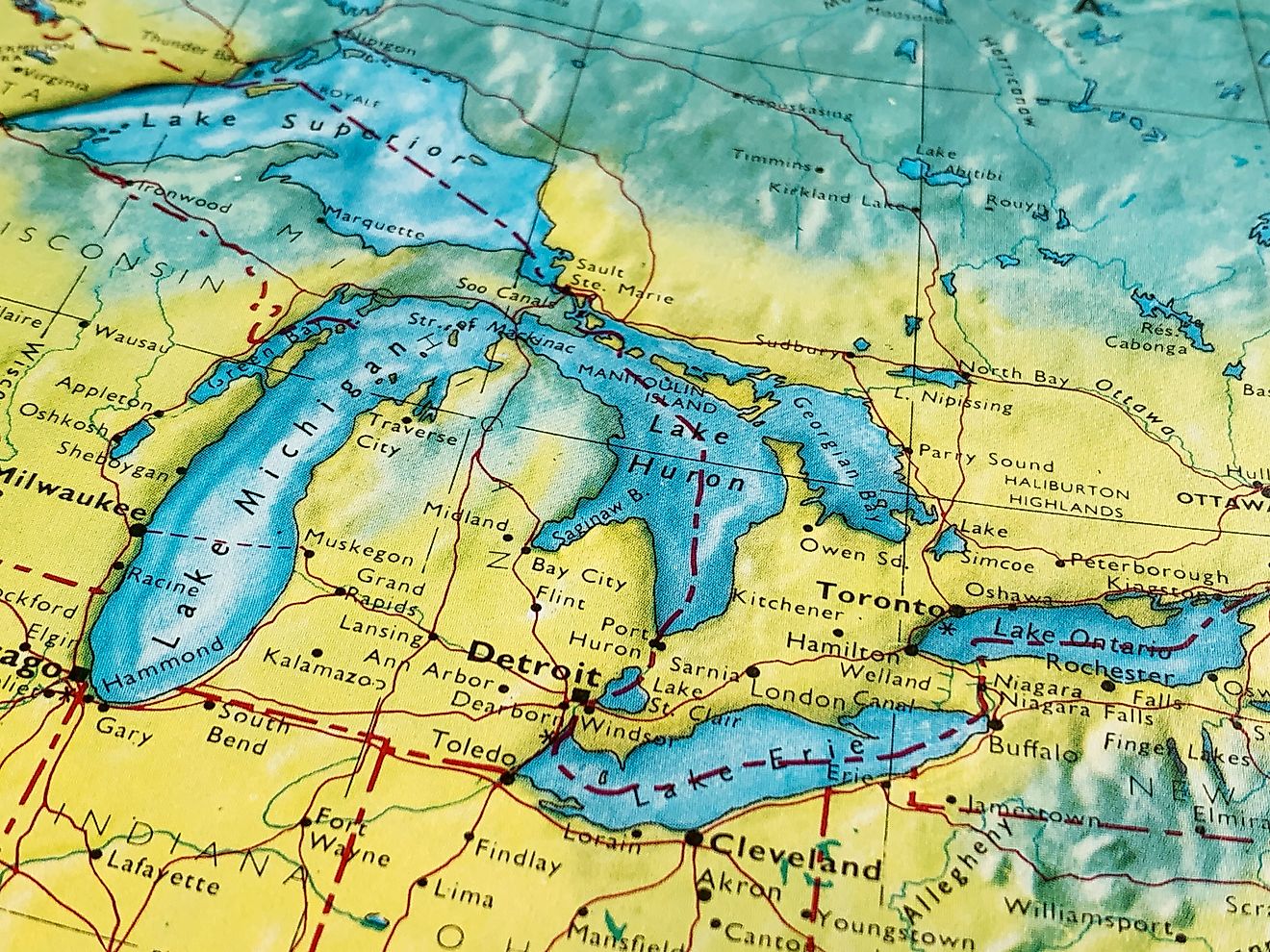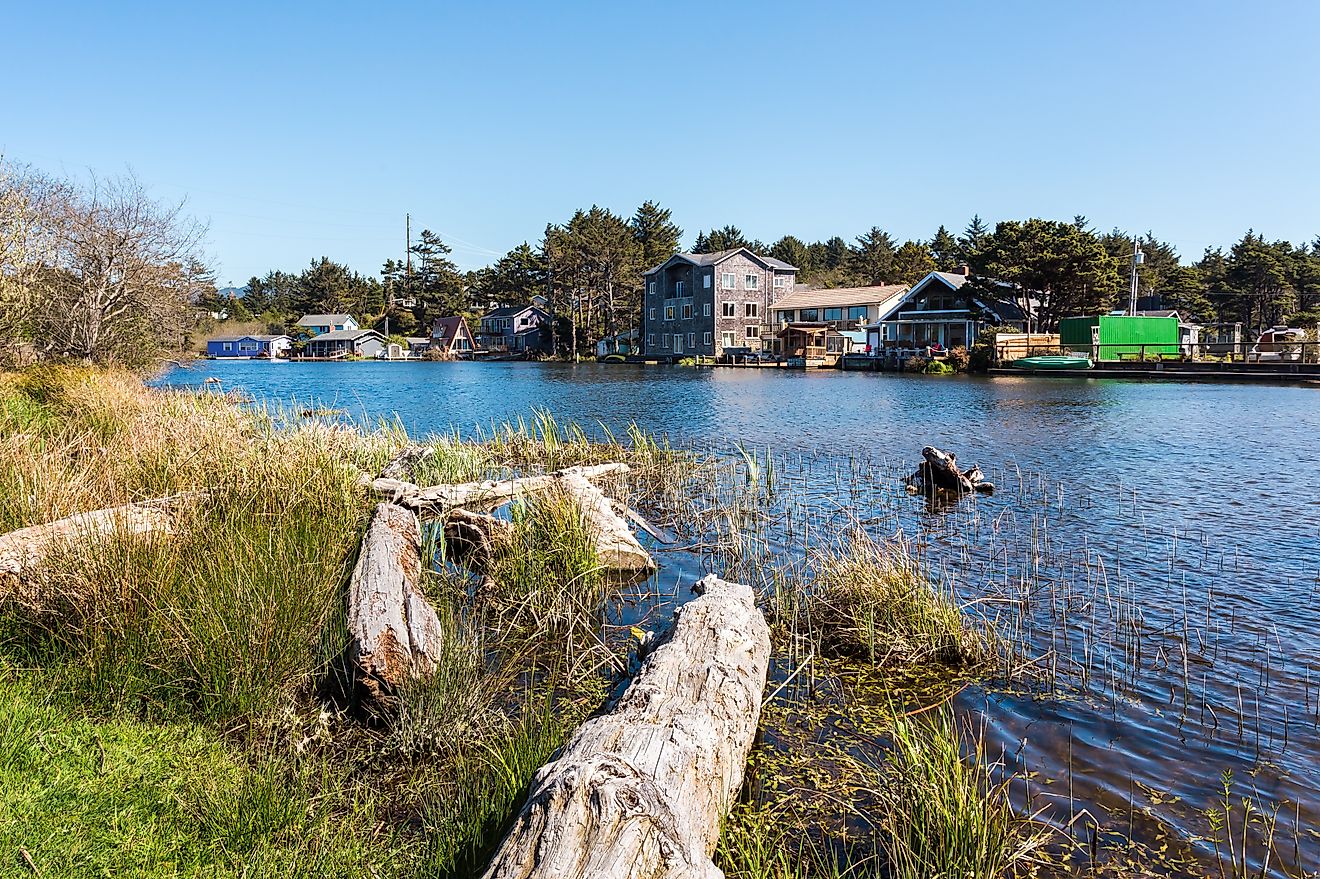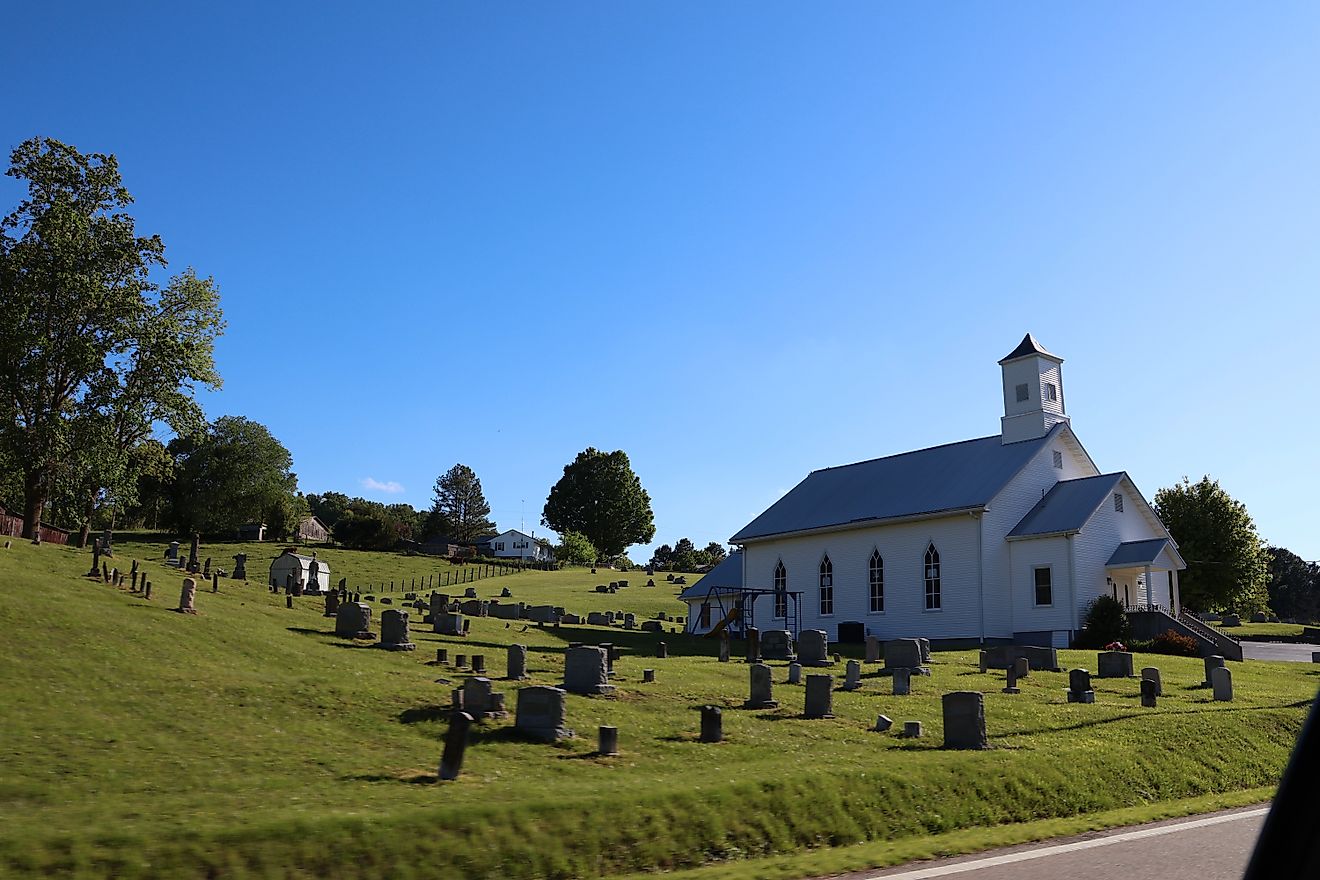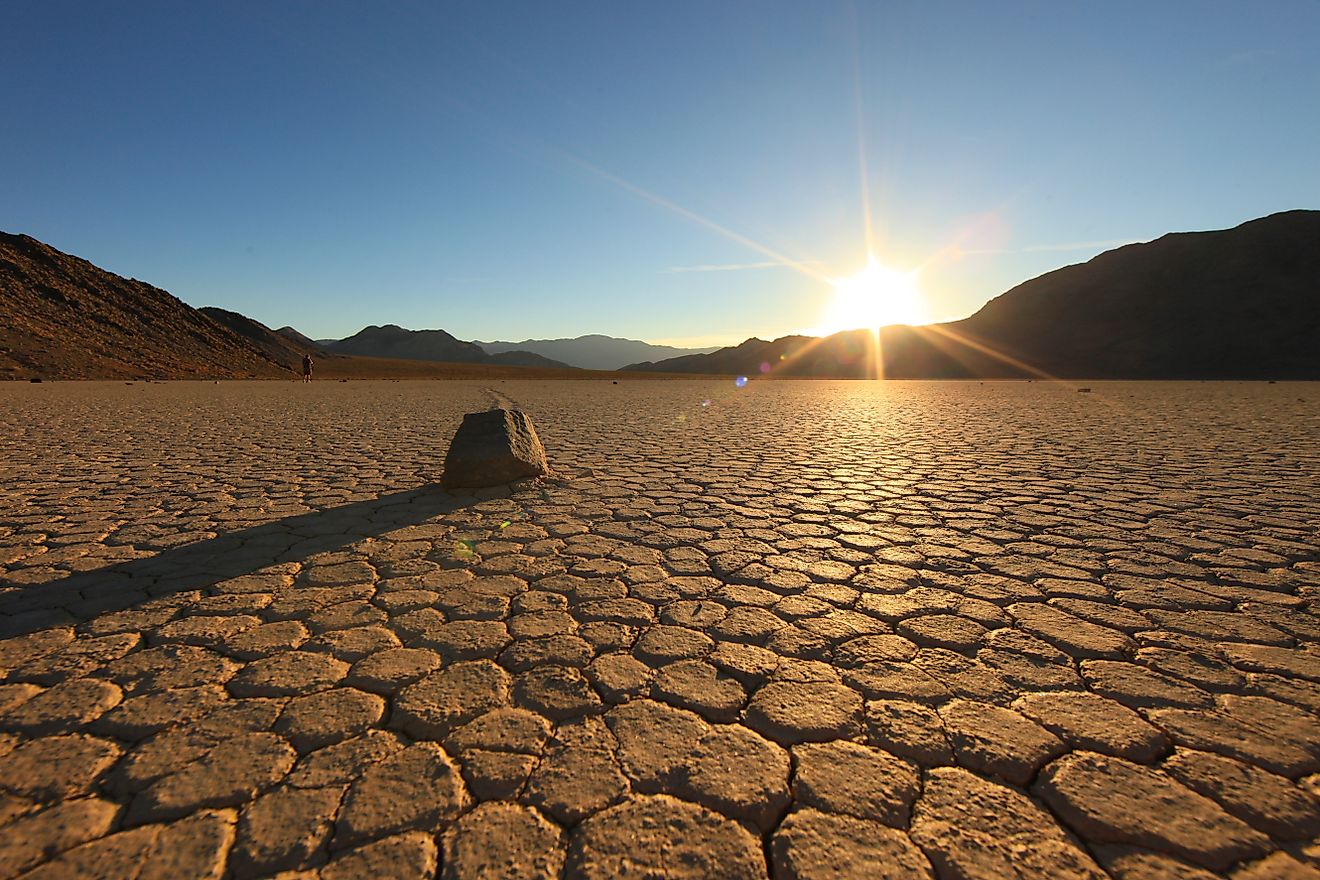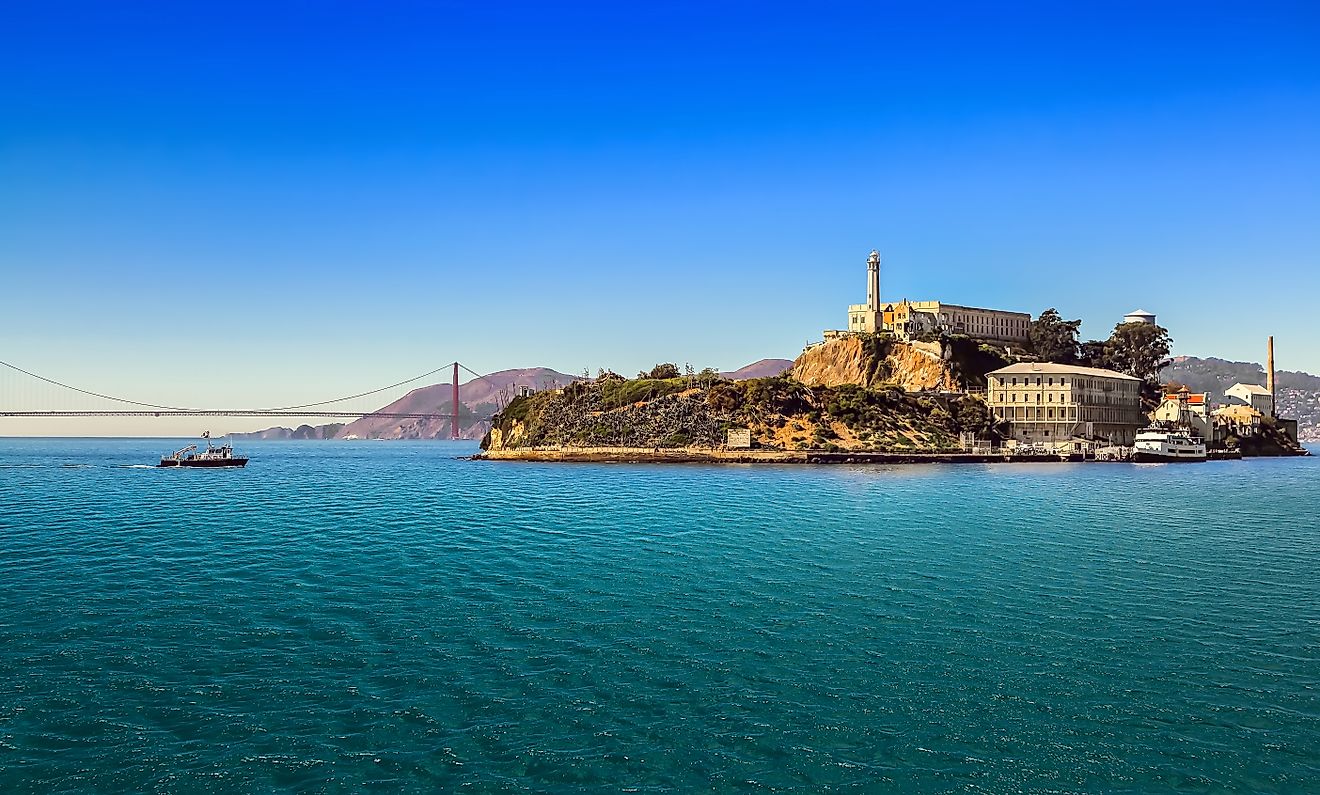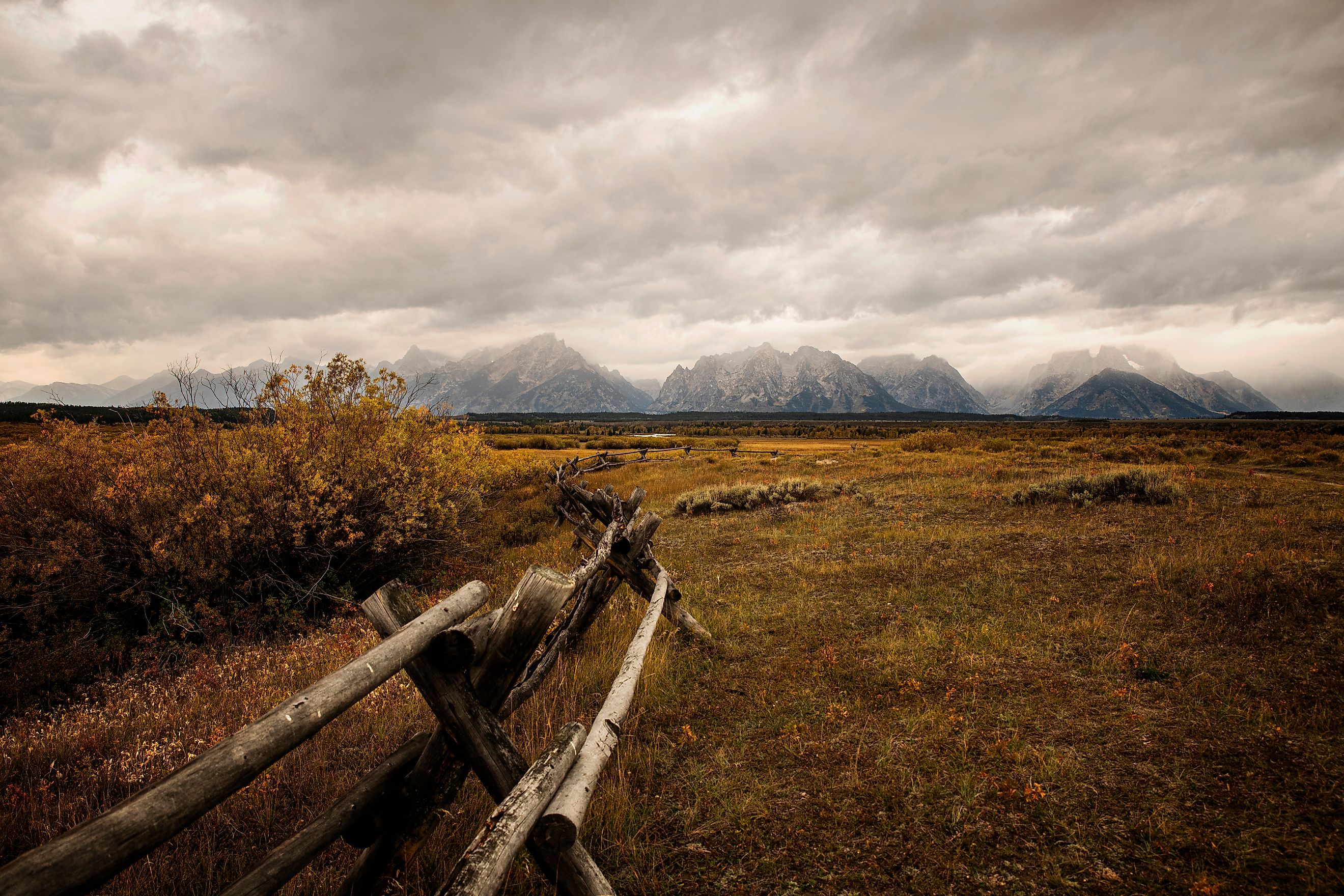
The Least Populated States in America
In a nation with more than 330 million residents, most Americans live in densely packed cities or sprawling suburbs. Yet, far from the bustle of urban life, vast stretches of the United States remain sparsely populated. In these quieter corners of the country, wildlife often outnumbers people, and scenic drives can stretch for hours without a single traffic light.
The least populated states in America are not necessarily small in size. In fact, many are geographically expansive, with breathtaking mountains, wide-open plains, and pristine wilderness. What they lack in population, they often make up for in natural beauty, slower-paced lifestyles, and a strong sense of community.
Take a closer look at the seven least populated states in the US, ranked from the fewest to the most residents, using the most recent data available. These states may not have the biggest cities or the busiest airports, but they tell a compelling story about America’s geographic diversity, rugged independence, and rural legacy.
Wyoming
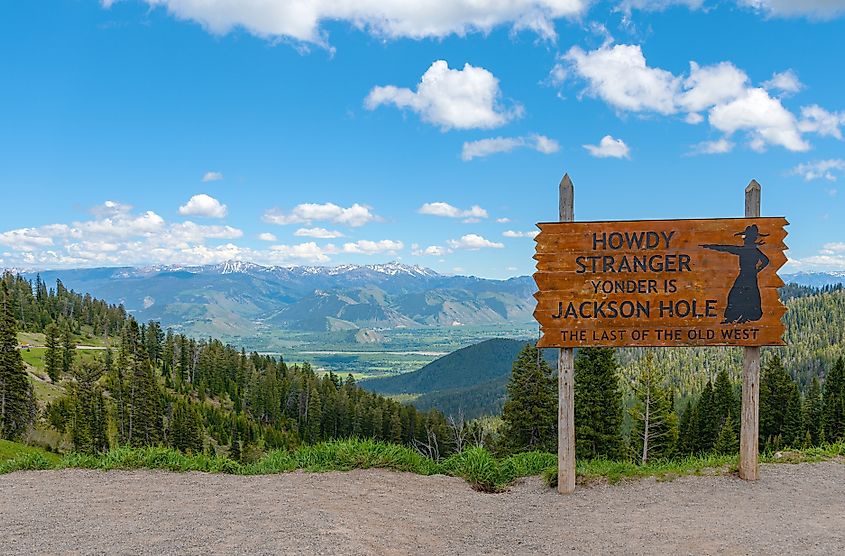
-
Population (2024 estimate): ~580,000
-
Capital: Cheyenne
-
Land Area: 97,813 square miles
-
Population Density: ~6 people per square mile
Wyoming holds the title of the least populated state in the nation. With fewer than 600,000 residents spread across nearly 100,000 square miles, it offers an abundance of space, silence, and unspoiled nature. Yet, it is home to some of the most iconic landscapes in the US.
Yellowstone and Grand Teton National Parks attract millions of tourists annually, but once the park borders are behind you, the open road often stretches for miles without interruption. Cities like Cheyenne and Casper serve as regional hubs, but small towns and ranches are the heart of the state.
Wyoming's economy is deeply tied to mining, energy, and agriculture. Its tax-friendly policies and fierce independence continue to appeal to those who prefer self-reliance and solitude over urban convenience.
Vermont
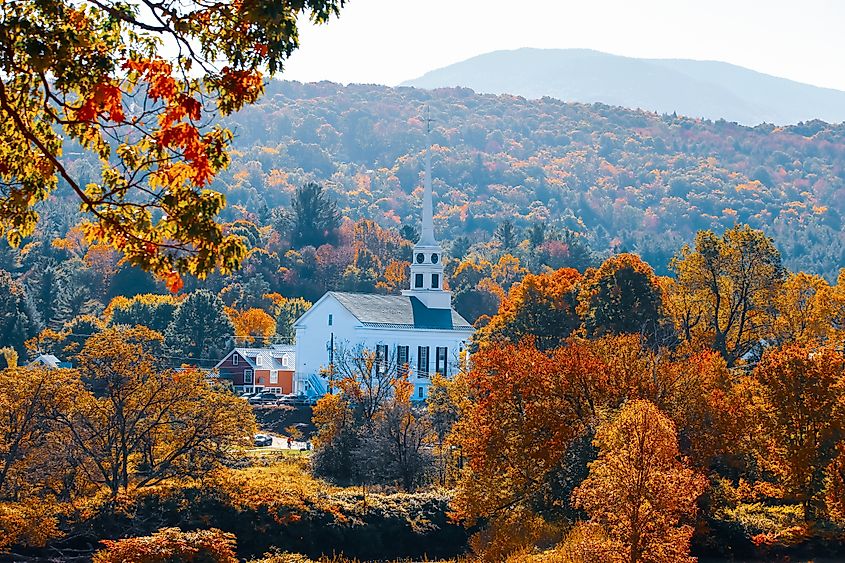
-
Population (2024 estimate): ~650,000
-
Capital: Montpelier
-
Land Area: 9,616 square miles
-
Population Density: ~68 people per square mile
Vermont may be small, but its culture is mighty. Known for its maple syrup, fall foliage, and Green Mountain charm, Vermont is the second least populated state in the US.
Most Vermonters live in rural or small-town settings. Burlington, the state’s largest city, barely tops 45,000 residents. Despite the low population, Vermont maintains a strong sense of civic engagement, environmental stewardship, and local pride.
The state is a haven for outdoor enthusiasts, progressive thinkers, and those who cherish a slower pace of life. It offers a distinctly New England lifestyle shaped by historic towns, small farms, and a love of the land.
Alaska
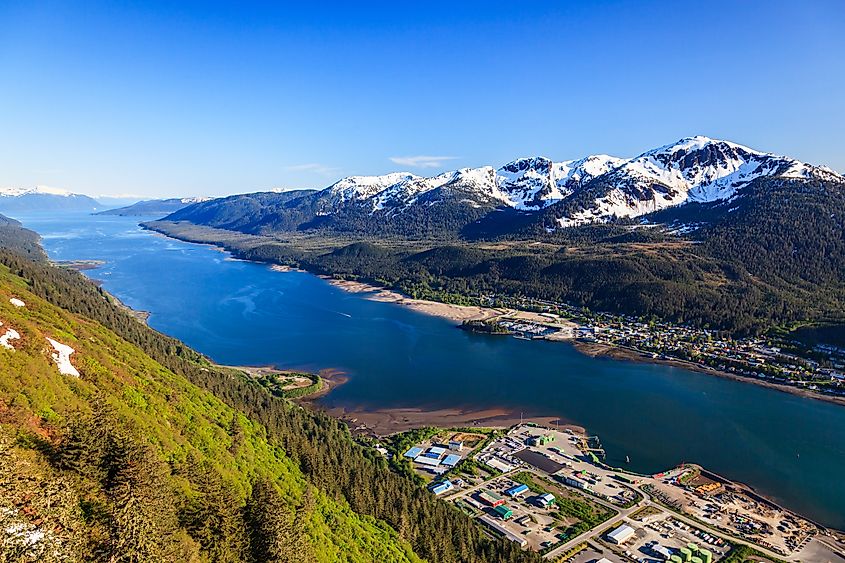
-
Population (2024 estimate): ~730,000
-
Capital: Juneau
-
Land Area: 663,267 square miles
-
Population Density: ~1.2 people per square mile
Alaska is by far the largest state in the country by land area but ranks third in lowest population. It is the least densely populated state in the US, with more bears than people in many regions.
Anchorage is home to about 40 percent of Alaska’s residents. Outside its urban centers, the state is defined by untamed wilderness, remote Native villages, and extreme climates.
Alaska's lifestyle requires adaptability and resilience. Travel between communities often requires bush planes, boats, or snowmobiles. But for those drawn to wild landscapes and a deep connection to nature, Alaska offers a kind of freedom hard to find elsewhere.
North Dakota
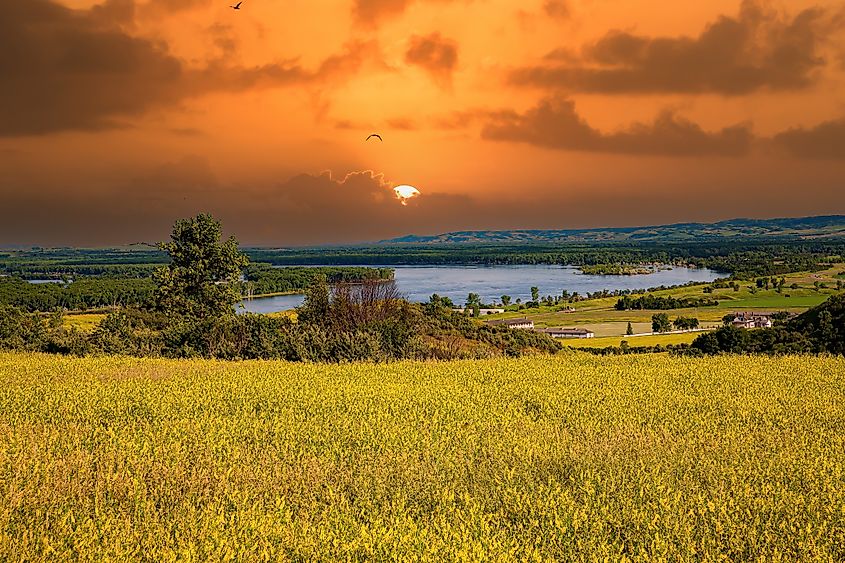
-
Population (2024 estimate): ~780,000
-
Capital: Bismarck
-
Land Area: 70,698 square miles
-
Population Density: ~11 people per square mile
North Dakota is a place where the sky meets the prairie and small towns anchor sprawling farmland. With fewer than 800,000 residents, it remains one of the most rural states in the country.
Cities like Fargo, Bismarck, and Grand Forks serve as key economic centers, particularly for agriculture, energy, and education. The state saw a temporary population boost during the Bakken oil boom, but vast parts of the land remain quiet and sparsely settled.
North Dakota is also home to several tribal nations and reservations, contributing to its cultural diversity and history. Winters are long and cold, but its communities are known for their hospitality and resilience.
South Dakota
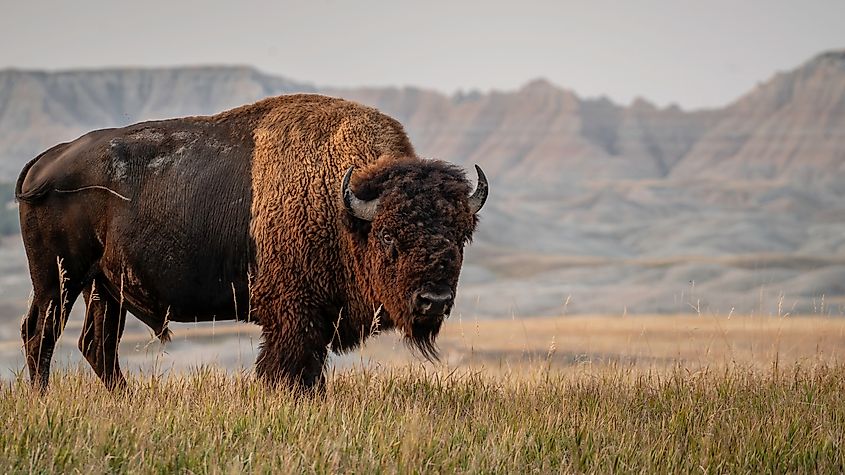
-
Population (2024 estimate): ~925,000
-
Capital: Pierre
-
Land Area: 77,116 square miles
-
Population Density: ~12 people per square mile
South Dakota, like its northern neighbor, blends wide-open space with small but active cities. Sioux Falls and Rapid City have grown steadily, yet most of the state remains rural and rooted in agriculture.
It is best known for Mount Rushmore, the Badlands, and the Black Hills. Each year, thousands visit for the Sturgis Motorcycle Rally, adding a short-lived population boom.
South Dakota also has a significant Native American presence, with multiple reservations. The state's population has grown in recent years due to business-friendly policies, a low cost of living, and its scenic appeal.
Delaware
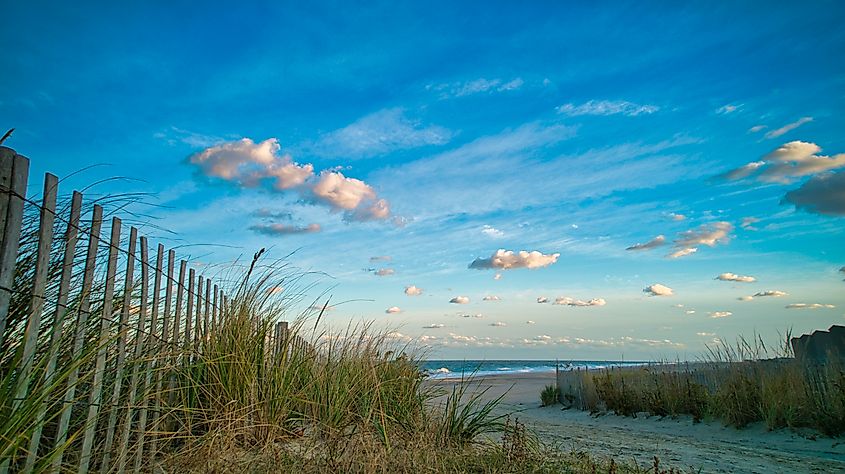
-
Population (2024 estimate): ~1,067,000
-
Capital: Dover
-
Land Area: 2,489 square miles
-
Population Density: ~429 people per square mile
Delaware is the second smallest state by area and sixth smallest by population. Though its population exceeds one million, the state feels more like a collection of towns than a sprawling urban center.
Delaware offers beach towns, farmland, and easy access to major cities like Philadelphia and Baltimore. Its business-friendly corporate laws have given it outsized influence in the legal and financial world.
With no sales tax and a rich colonial history, Delaware balances tradition with economic innovation. It’s small, but strategic.
Rhode Island
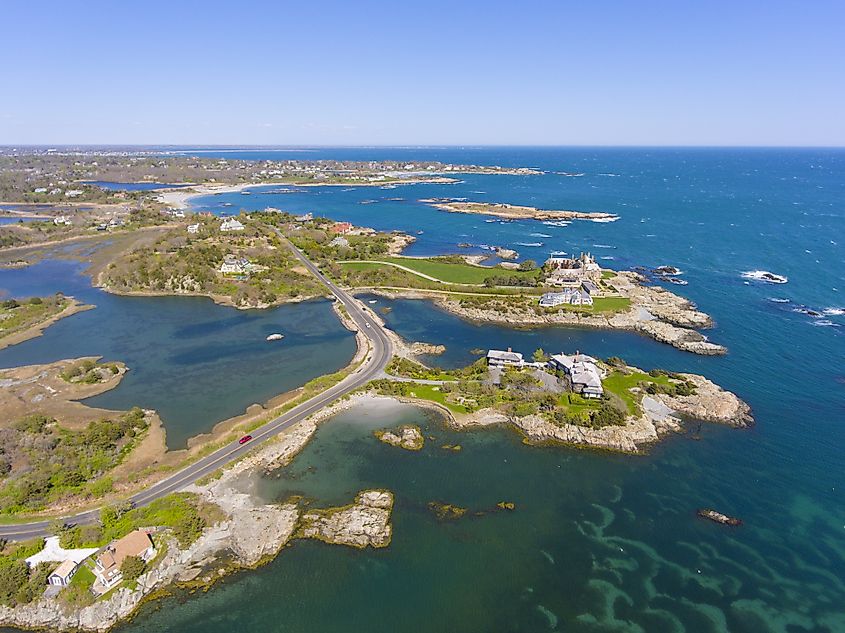
-
Population (2024 estimate): ~1,095,000
-
Capital: Providence
-
Land Area: 1,034 square miles
-
Population Density: ~1,059 people per square mile
Rhode Island is the smallest state in the US but lands seventh on the list of least populated. What it lacks in population size, it makes up for in cultural richness, historic towns, and coastal charm.
From sailing in Newport to exploring colonial streets in Providence, Rhode Island is packed with experiences. Its beaches, seafood, and arts scene make it a regional gem.
Though its land area is tiny, it has one of the highest population densities in the nation. Still, compared to states with major metro areas, it maintains a quieter, slower rhythm.
Small Numbers, Big Identity
The least populated states in America are as diverse as the nation itself. From the icy wilderness of Alaska to the maple groves of Vermont, these states show that small populations don’t mean a small presence.
They represent the values of space, tradition, and self-reliance. While bustling cities offer convenience and opportunity, these seven states remind us that peace, beauty, and authenticity still thrive in places where the crowds are few and the landscapes vast.
State Comparison Table
| Rank | State | Pop (2024) | Land Area (sq mi) | Density (per sq mi) |
|---|---|---|---|---|
| 1 | Wyoming | 580,000 | 97,813 | 6 |
| 2 | Vermont | 650,000 | 9,616 | 68 |
| 3 | Alaska | 730,000 | 663,267 | 1.2 |
| 4 | North Dakota | 780,000 | 70,698 | 11 |
| 5 | South Dakota | 925,000 | 77,116 | 12 |
| 6 | Delaware | 1,067,000 | 2,489 | 429 |
| 7 | Rhode Island | 1,095,000 | 1,034 | 1,059 |
